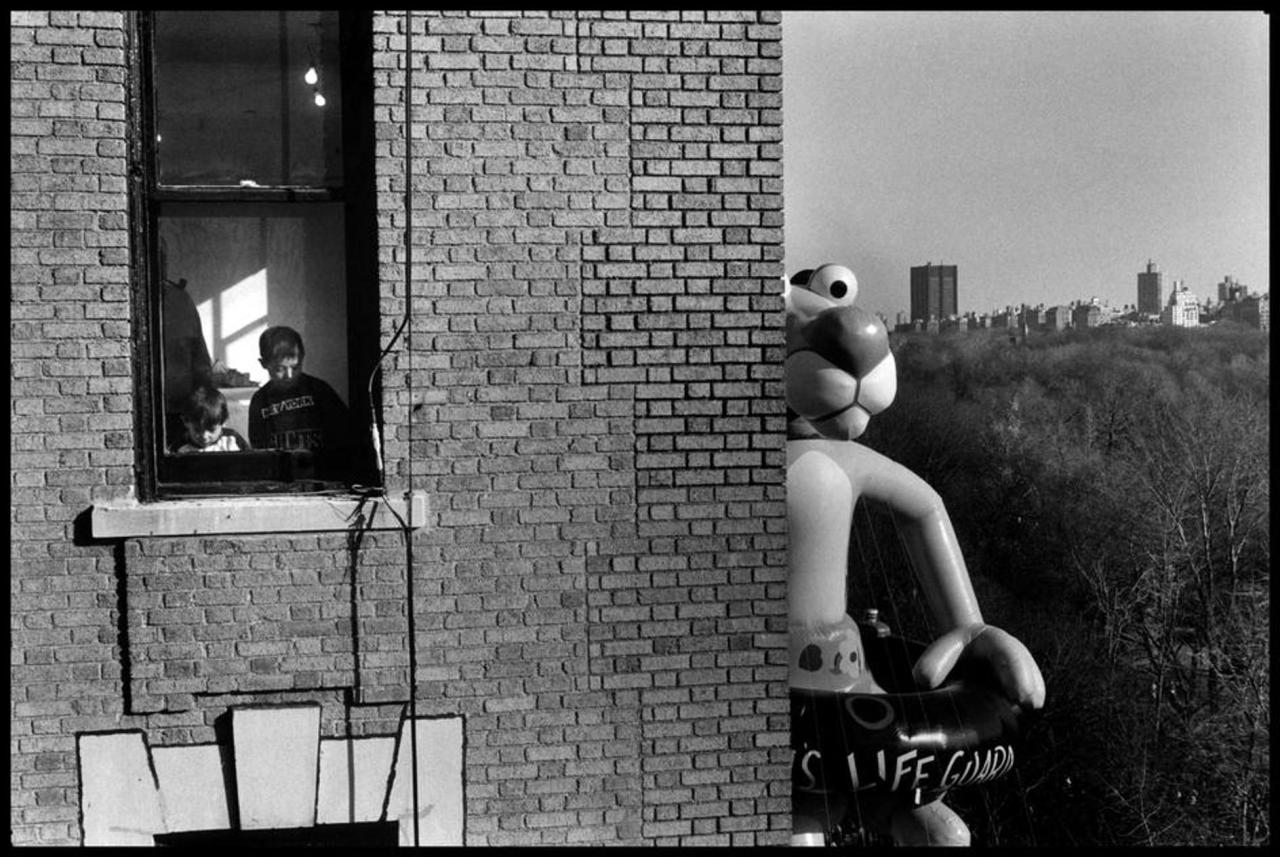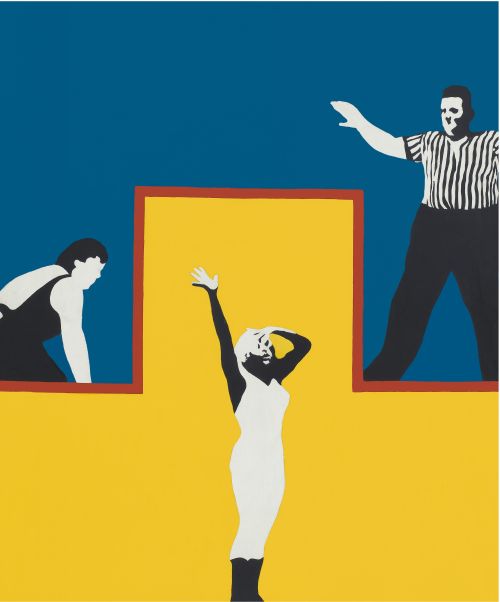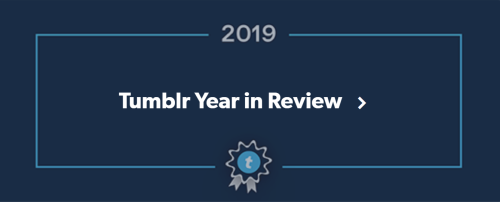Part 1 — Ten millenniums of social engineering
A key part of my thesis is that the way our social environment is formed has changed over the course of human history, and more rapidly in recent years. How do we know that to be true? Much of the work I’m building on comes out of the accounts provided by The Secret of Our Success by Joseph Henrich, as well as Seeing Like a State by James C. Scott. There are many things that I disagree with in these works, but I think they both get to the core idea that there exist two main ways in which human society develops. One of those ways is via an evolutionary process, where some societies develop some technique that aids in survival and flourishing, pass it on, and end up growing and outcompeting other societies. The people practicing these traditions often don’t have concrete knowledge as to why they work, but they become enshrined as tradition because they help the group succeed. This goes from knowledge about what plants are edible, to complex ideas like how the group should be structured. On the other hand, there is social engineering. In social engineering, explicit models of human behavior are used to derive new social conventions and structures. Usually this doesn’t mean designing something new from whole cloth, but instead an effective synthesis of ideas that the culture has generated over time into a compelling ideological canon or into new distinct institutions.
 For most of human history, we relied primarily on social evolution instead of social engineering. This was for good reason: social engineering when done poorly is very often worse than social evolution. A mother who breaks tradition and tries feeding new plants to their children because she doesn’t know of any reason those plants are harmful may discover unexpected side effects of their consumption. This reality is often referred to as Chesterton’s fence, and is often discussed as an argument in favor of traditionalism. However, much of the social and technological progress of the industrial era has through the rejection of tradition. How do we square these conflicting forces? I think that a key reason is simply because for a society to succeed in social engineering, a detailed historical record and careful specialists are usually necessary. Only in this way can new first principle knowledge be solidified and built-upon. It’s for that reason that the societies that appear the most engineered also in general tend to be those with more detailed historical records and information about other differing societies. When one is able to see the culture “from above”, that unique perspective can enable one to design an effective institutions.
For most of human history, we relied primarily on social evolution instead of social engineering. This was for good reason: social engineering when done poorly is very often worse than social evolution. A mother who breaks tradition and tries feeding new plants to their children because she doesn’t know of any reason those plants are harmful may discover unexpected side effects of their consumption. This reality is often referred to as Chesterton’s fence, and is often discussed as an argument in favor of traditionalism. However, much of the social and technological progress of the industrial era has through the rejection of tradition. How do we square these conflicting forces? I think that a key reason is simply because for a society to succeed in social engineering, a detailed historical record and careful specialists are usually necessary. Only in this way can new first principle knowledge be solidified and built-upon. It’s for that reason that the societies that appear the most engineered also in general tend to be those with more detailed historical records and information about other differing societies. When one is able to see the culture “from above”, that unique perspective can enable one to design an effective institutions.One excellent example is perhaps one of the most successful early cultural engineers, Confucius. The Great Teacher developed his unique philosophy while travelling around China and seeing various social issues, their causes, and the variety of different social structures present in China at the time. By synthesizing these insights into a central canon, he created an enduring cultural institution that was central to Chinese administration for centuries. Of course it is true that Confucianism relies heavily on tradition, and can in some ways be considered no more than a collection of various preexisting traditions, but its success indicates that it must have some quality beyond that of the constituent parts. Ultimately, Confucianism and the society it created lost supremacy because while it itself was a result of synthesis, it became unable to assimilate or change at pace with the world it inhabited. What once created a powerful bureaucratic class capable of financing great discoveries, ended up as a chain that left the society unable to appreciate the possibility of learning from outside influences. Innovation became tradition, and tradition cannot change course by its very nature.
Part 2 — Modernity
We’re going to leave behind ancient societies, because although they are a rich source of insight, others have better studied those trends in depth than I. Instead we are going to turn to look at the relatively modern. I am going to focus for a minute on the United States. For all that American Exceptionalism is a real risk, I think there is something somewhat unique and interesting about the formation of the US. Specifically, the US is one of the best examples of what I consider full social engineering. A group of people sat down in a room and set out to design, in a written legal document, how its society would function. It was a group of what can only be called engineers who set out to design structures to improve upon the governments they were aware of. They didn’t just try and say “tyranny is bad so we won’t be tyrants,” they tried to engineer complex social structures that took advantage of human behavior in order to guide the behavior of the government — independent of any single political actor. The idea of applying contractual thinking to the structure of our nations and institutions didn’t start with the US, but the US can be seen as a culmination of those ideas. This project has had varied success to say the least, but it’s notable that so many modern institutions function in this way. A group of founders get together and try to set the community’s direction at both an object and meta-level. Just as the objects and tools we use have become increasingly engineered, so too have our institutions become influenced by engineering. The evolution and design of social norms is at the heart of what we call society. I would venture to say that it is the defining feature of the human species, and of intelligent species in general. TheMachiavellian Intelligence Hypothesis posits that intelligence arose, not to better use tools or better hunt prey, but instead to better compete in the social arena. Therefore, I think it’s fair to say the top down engineering in the world of social norms faces an uphill battle to outperform the metis of the traditional culture. However, this applies much less when we turn our eyes towards the engineering of the physical spaces our cultures occupy.
Social Engineering in the context of the physical is about the design of objects and spaces in the traditional engineering sense, but with a consideration to how that design influences the group rather than the individual. It’s obvious that a designer making a chair must consider how the chair interacts with the behaviors and preferences of the person who will eventually use the chair. This same thoughtfulness should be applied, and usually is, when dealing with objects and spaces that drive social interaction. Someone trying to build a successful bar will think carefully about the layout and decoration of the space and how that will influence their patrons. They may think about other layouts they’ve seen and how they might improve on those designs in order to give the space the mood they want.The pub is undeniably a social institution, and it is designed to both encourage and discourage certain types of social behavior. Every space you interact with, from the supermarket to the sidewalk, has generations of trial, error, and improvement. That doesn’t mean every space is perfect, but it’s easy to forget the marvel that is present all around us. However, it is the process of conscious engineering that has also introduced many institutions that are detrimental to healthy communities. (...)
Part 3 — The Internet
The internet has opened up a new frontier in the design of social institution. We are designing platforms that are used by wide masses of people, that grow more quickly than any historical analog, and that provide unprecedented levers of control over discourse. Facebook was founded in 2004; ten years later there were more monthly active Facebook users than Catholics. The ability to implement a new social institution with basically no startup cost and end up with this much influence is unprecedented, and thus it’s not surprising that we’ve seen so many instances of the new social internet having issues with healthy discourse. So much of the evolutionary work that went into shaping our meatspace social institutions has been ignored during the construction of these new online spaces. Platform designers often repeat the mistakes of the High Moderns. The users of the platforms are rarely given a voice in discussions, and are frequently treated as antagonists rather than stakeholders. Worst of all, centralized platforms have very little immediate incentives to improve the quality of discourse, as network effects prevent users from easily moving to a nicer competitor. Network operators are encouraged to gain users as fast as possible, keep them in the space as long as possible to view ads, and completely ignore the social well-being of the communities that form. Additionally, online platforms provide a nigh microscopic level of control over the interactions between users. Someone designing a bar can choose the layout of the tables and the lighting, but an online platform designer can run automated testing to determine what text, fonts, and layouts best guide the user into behaving in a desired way. In the case of platforms like YouTube, complex AI systems are constantly optimizing every nanometer of the system to maximize ad revenue.
In the early days of the internet there was a lot of optimism about the ability of the web to bring people together, to form new understanding between distant peoples, and to provide an escape from tyranny. It’s important to recognize some of the successes on these fronts. I regularly communicate with people from other nations, and that has helped give me a broader view of the world and of differing cultural norms. However, anybody can see that we have failed to live up to this early promise. Most of the social spaces online were driven in design by technological constraints and financial motives, not by a consistent dedication to building prosocial institutions. The rapid expansion of the internet has left engineers struggling to make their websites function at all, let alone spend resources on deep analysis of user behaviors. Such work is only done by established players with the goal of increasing revenue, and thus almost inevitably results in a worsening of user experiences because of misaligned incentives. To fix these issues we need both philosophical changes and technological changes.
Image: Portrait of K’ung Fu-tzu (Latinised to Confucius).Copyright Bridgeman Images. via
















/cdn.vox-cdn.com/uploads/chorus_image/image/65771259/Hobbies.0.jpg)